Anna Gołkowska Dymarczyk and Sylwia Jata from the Góry Kultury Association speak to Anna Ochmann
Let’s start from the beginning – where did the idea for the Góry Kultury (Mountains of Culture) association come from?
Sylwia Jata: In fact, to an extent we all come from the Tarnogórska Fundacja Kultury i Sztuki (Tarnowskie Góry Foundation for Culture and Art), which has been supporting the cultural life in Tarnowskie Góry for many years. At some point, some its members, the younger ones, decided to go their own way – they left the Foundation’s caring wings and established “Góry Kultury”.
Anna Gołkowska-Dymarczyk : We have developed so much that we have celebrated our 10th anniversary this year.
S.J.: But we were officially entered into the Court Register in 2013, or maybe even later – before that we had operated as an informal group.
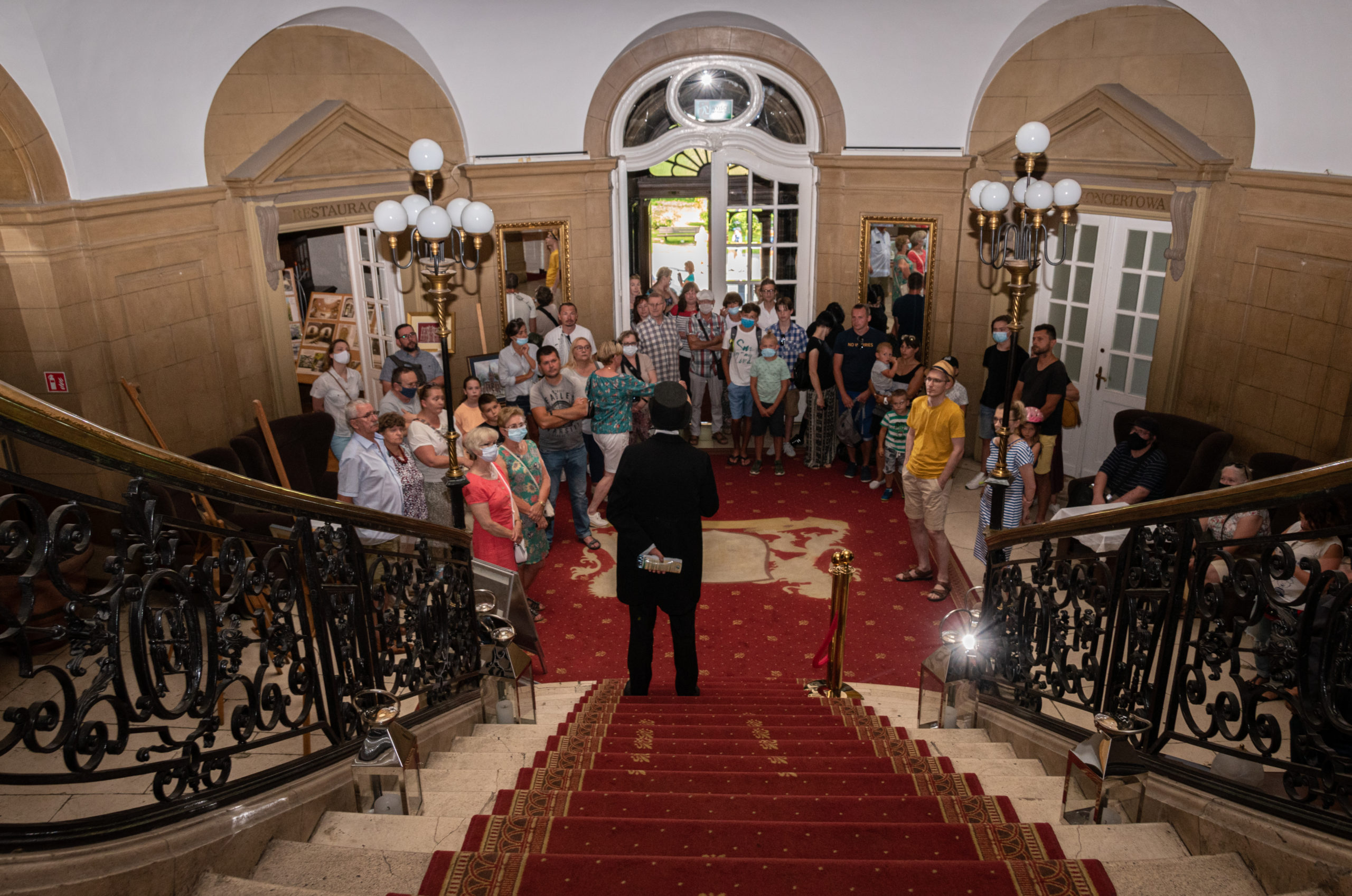
Who are the members of the association? Is it a stable group of people or is the team constantly changing?
A.G-D.: Sylwia has been here the longest – from the very beginning.
S.J.: It’s true, I have been a member from the very beginning, from the first Góry Kultury’s project, and I am also one of its founders. But over the years a lot of people have left and joined, because everyone at some point in their lives takes a different path. Some people leave, others come, and we – as an association – are often a prelude to other activities …
A.G-D.: But it’s great that even people who used to be active, for example 7-8 years ago, and were managers of a project or were involved in some of our activities, now having families, children and lives of their own sometimes come back to us. And if there is a need they will get involved in a project, at least to an extent, at least for a while. But it is also a characteristic of this city – and I will always emphasise this – that here, in fact, everyone knows each other, and those who are active certainly know each other, which means there is always someone to turn to for help and support. Because it is all based on passion. We have no membership fees, for example.
S.J.: There is also value in the fact that so many people have come through the association over the years. And even if there are fewer people now who are constantly actively involved, we are nevertheless getting better and better, we are managing to raise more funds, and consequently, we can organise actual events.
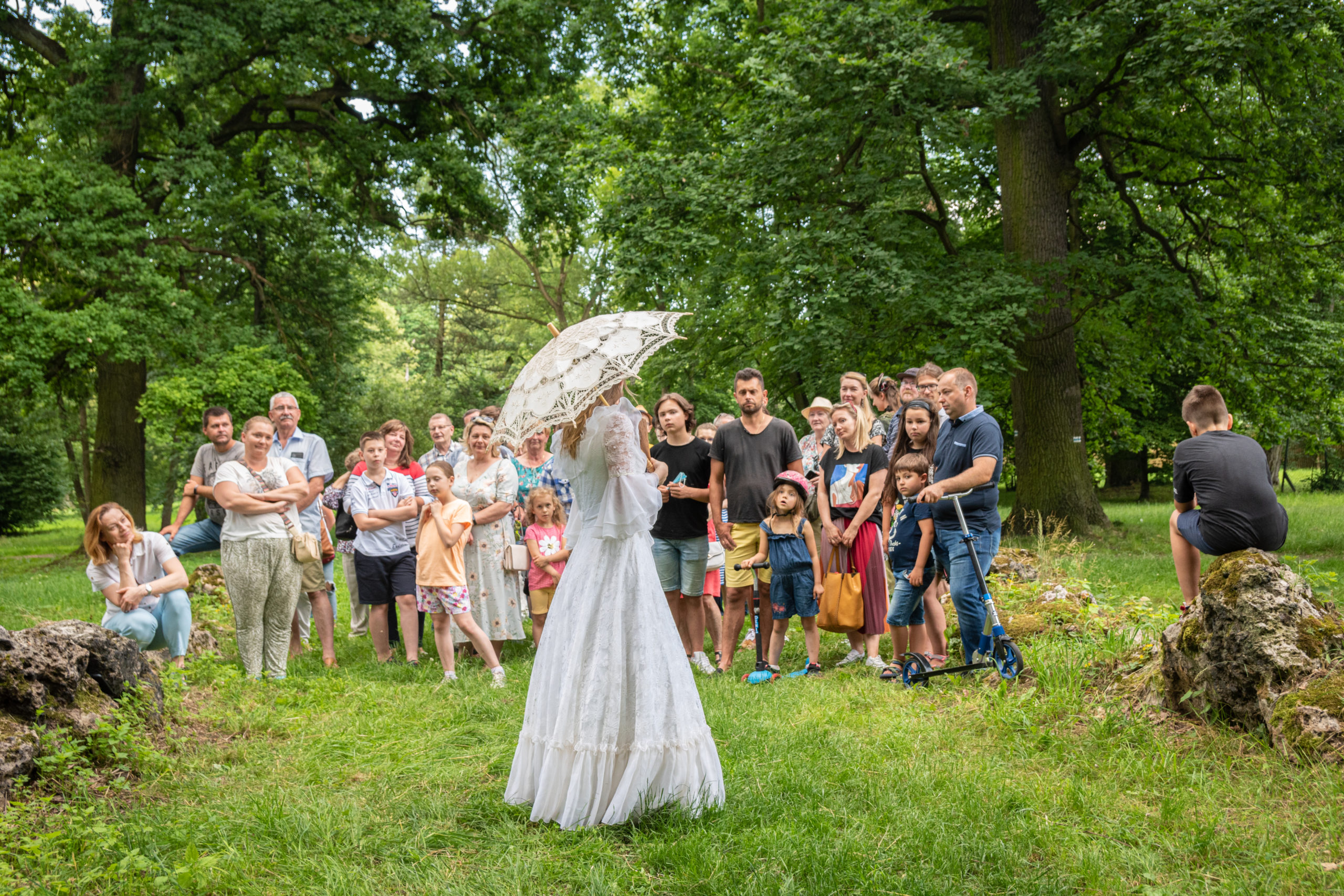
In the name of the Góry Kultury (Mountains of Culture) Association, the accent is on culture, why so?
A.G.-D.: And besides, I think all of us have been and are in some way connected to culture, out of passion, hobbies or interests… The education actually came later. From culture to education – I would put it this way.
S.J.: This is even somewhat paradoxical, because when we were submitting a project application, we often had to place emphasis on education. For example, we carried out a project called “Music takes the stage” that we inherited, as it were, from another association that decided to suspend its activities. Nevertheless, we decided to take over their flagship event, and it was actually the only silent film festival with live music in Poland, and maybe even in this part of Europe, but held as a competition. I mean, musicians created music for silent films and were judged by a jury. And we saw a great educational aspect in that. It was also a unique opportunity to see the silent classics on the big screen.
A.G.-D.: Generally speaking, what we have always wanted and still want to do is to show that grassroots initiatives make sense, that they work, and that it is necessary to finance enthusiasts, not just municipal cultural institutions. And, in fact, during these more than ten years we have somehow managed to work out such a solution, as well as good relationships with the officials from the town hall.
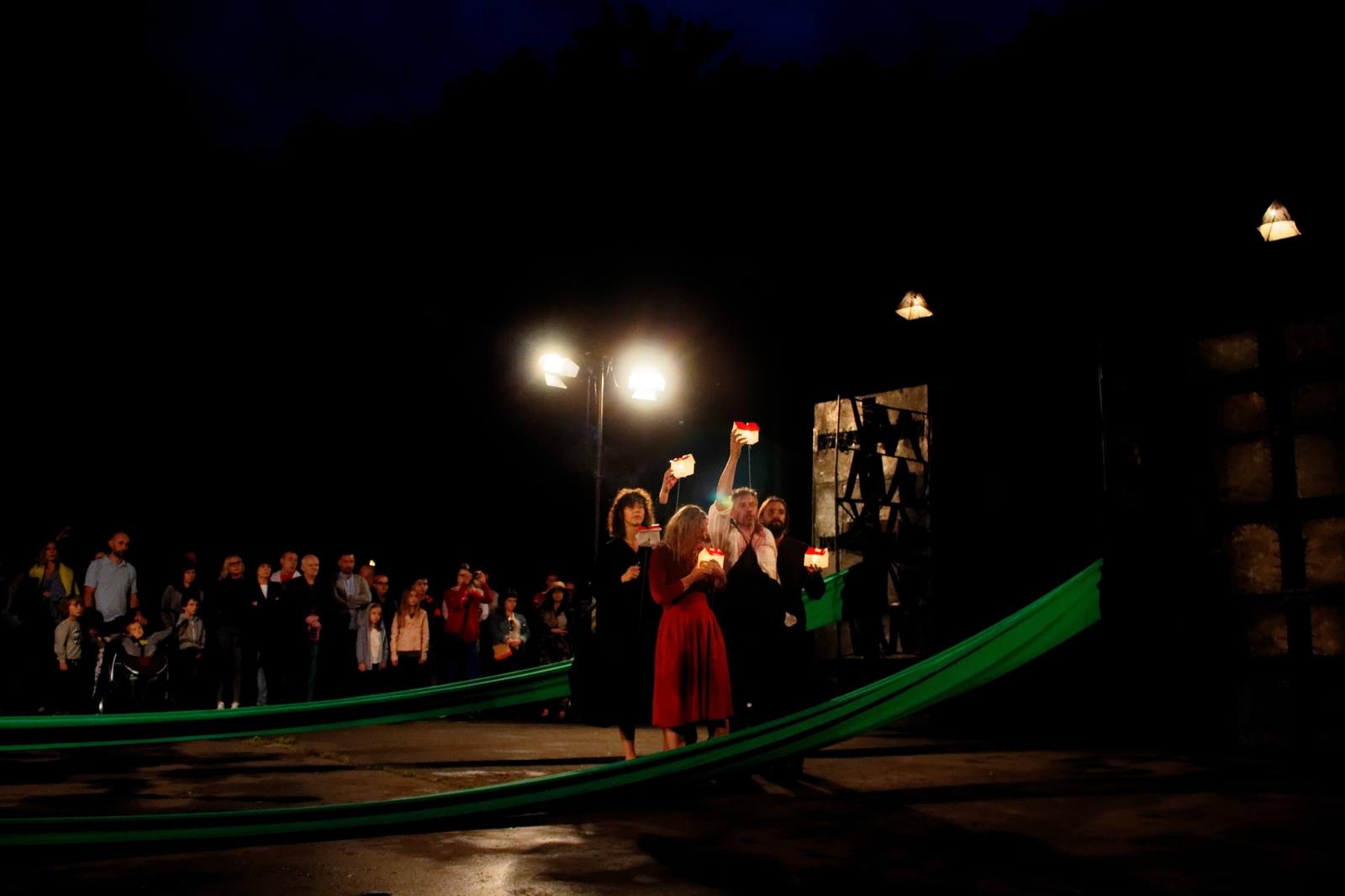
So let’s talk about your projects and activities. Can you name three, in your opinion, best projects or project ideas that you would ‘transfer’ to other European cities? Of course, bearing in mind that it’s not that simple, because every city is different, has a completely different social fabric, but let’s say three of your favourites?
A.G.-D.: It’s a difficult choice! Definitely “Theatrical Parking”. Of course, open-air theatres are not really anything special in other cities, but bearing in mind how incredibly well the residents of Tarnowskie Góry have received this project, it is certainly worth highlighting. For me personally, it has become extremely important and in a way … favourite.
S.J.: I would like to mention the first event during which Anna joined us – the city game.
A.G.-D.: Of course “Spotted: Shloss Neudeck” (A few years ago groups called “Spotted” were very popular on Facebook. Towns, restaurants and even bus lines had their own Spotted groups, where the regulars shared their observations, thoughts and even tried to find the person who caught their eye :)) although now such groups on FB are not as popular as 4 years ago, we decided to use this formula to “meet” a historical figure.
S.J.: Our “spotted” was about a person that fascinated us at the time, namely Blanca de Paiva, the first wife of Guido von Donnersmarck, for whom the palace in Świerklaniec, known as Little Versailles, was built. We decided to create a game focused on her, but using a different convention – we invited actors to cooperate, found period costumes, I also wrote dialogues for each character. It was wonderful and inspiring that there were so many contradictory accounts of her person – she embellished her biography, created her own legend. She said, for example, that she was Pushkin’s daughter…
A.G.-D.: And what lovers she was believed to have had! She was one of the most popular courtesans of nineteenth-century Europe, who ran her art salon in Paris. She inspired writers, painters and poets and created an aura of mystery and legends around herself, for example she maintained she bathed only in champagne…
S.J.: And the dominant, official narrative about Świerklaniec actually omitted her or presented her as a minor courtesan. It was as if Guido married her on a whim. We were inspired by the fact that nobody wanted to remember that it was her that had more money, that she supported him before he became prince and invested in his ideas before he got so rich. All that made us decide to present her in such an unusual way. It was a very educational project, because despite all these legends prevailing, we tried to tell the true story of that time as honestly as possible.
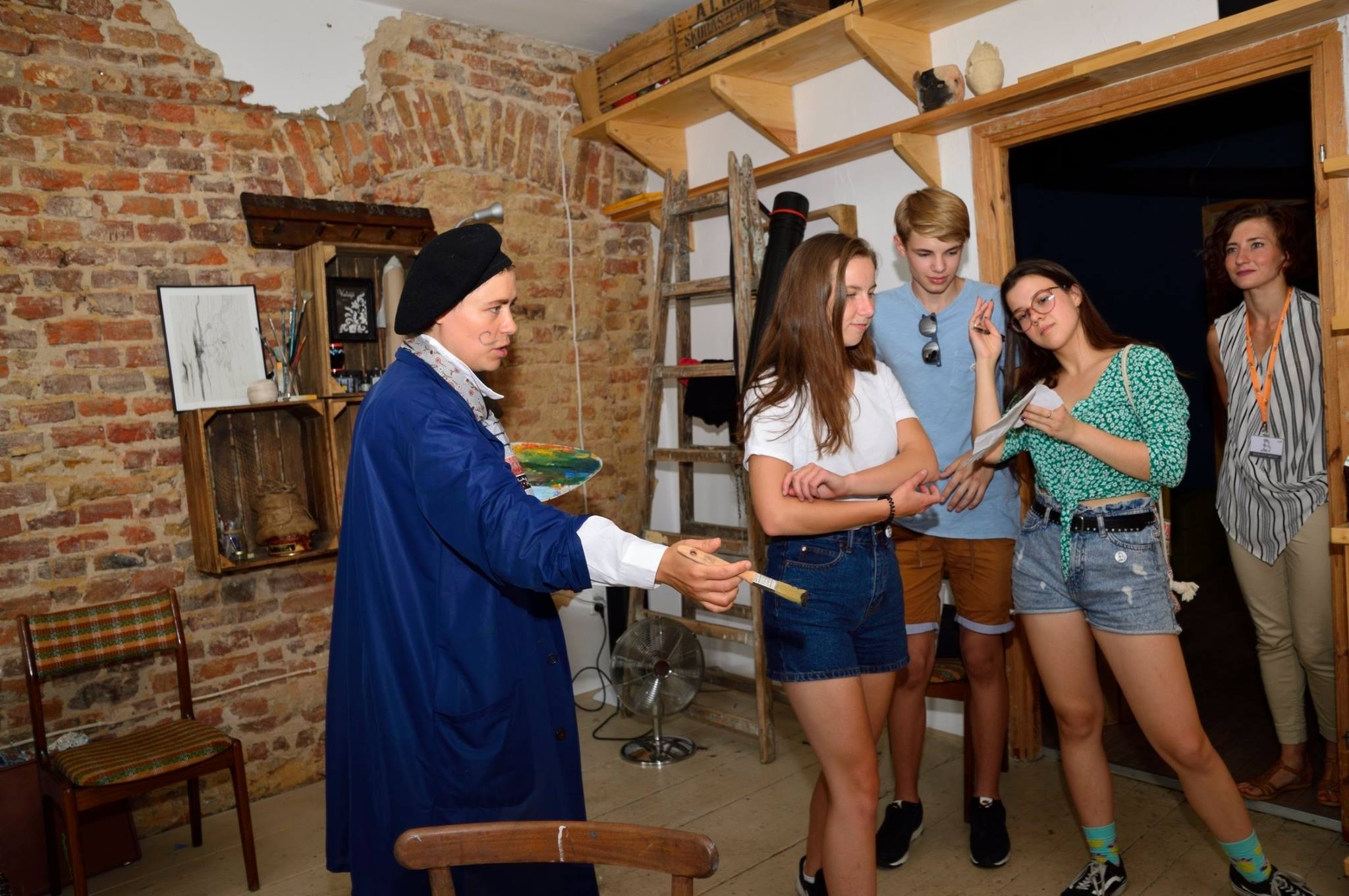
And how did the project work?
A.G.-D.: The idea was generally based on the idea of a city game, except that the participants coming to the subsequent points found there scenes from the period – the dialogues were of course written by Sylwia. For example – you would enter a boudoir and certain ladies would start gossiping about Blanca, for example, and the player could “enter” this conversation, so to speak, and there would be clues, some sentences that would be a clue to finding a solution, e.g. concerning war and espionage. And it is worth pointing out that neither of us is a historian!
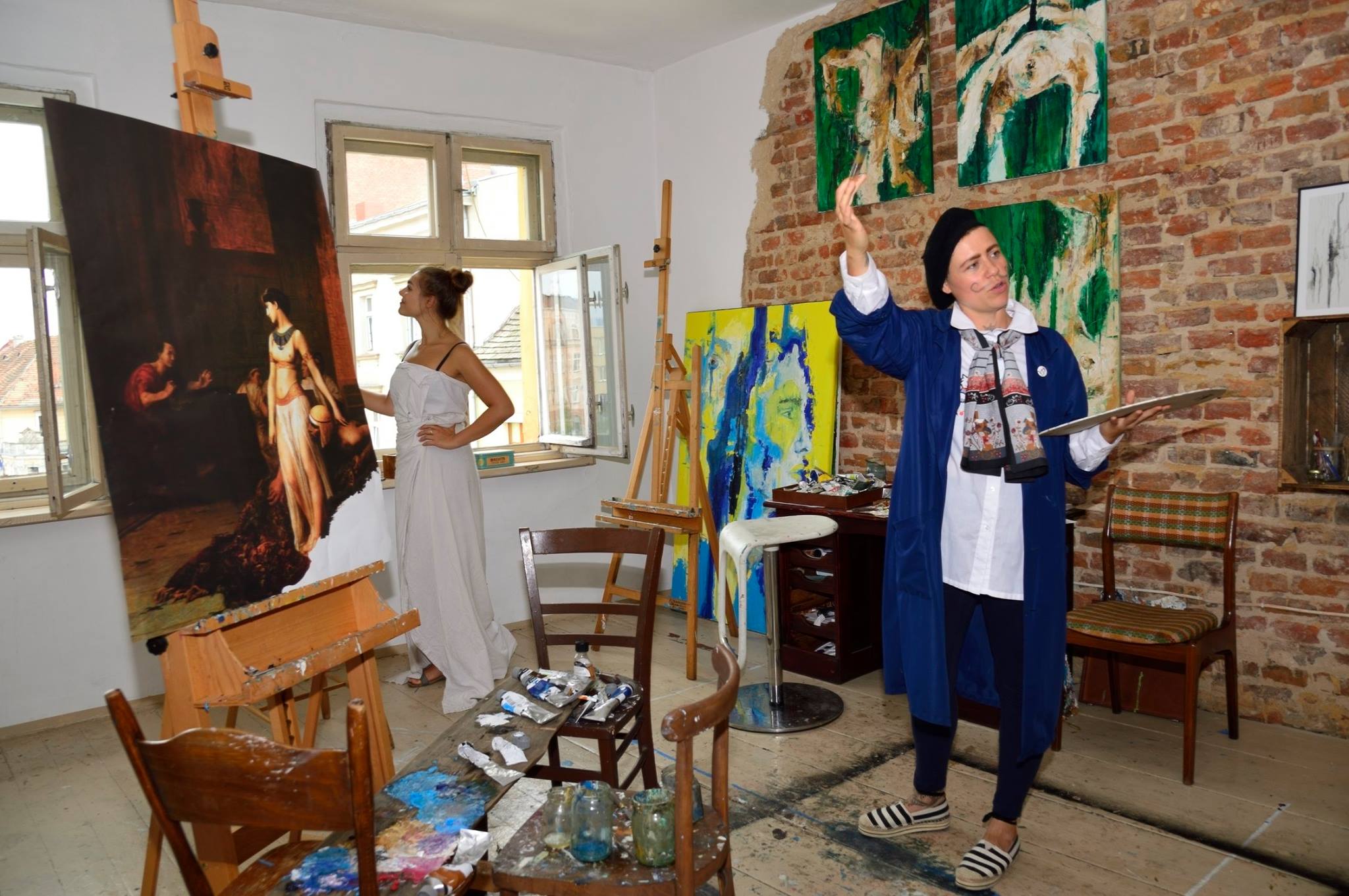
And what was the biggest challenge in constructing these scenes and writing the dialogues?
A.G.-D.: Sylwia is a master at this!
S.J.: I just tried to get into the characters and relied on historical sources. I read something on the period, for example Boy-Żeleński, to absorb the language in a way and then it just sort of flowed.
This is a great idea – to arouse interest, to make someone catch the bug and want to look for more. And one might never have come across such a character or story, which they only got to know thanks to you!
S.J.: This is exactly the idea. Now we are continuing this theme – we are organising a similar tour of the Cavalier’s Palace in Świerklaniec – we have a guide, but there are also those who used to live there or came to visit, such as Kaiser Wilhelm. The actors, with whom we cooperate very well, dress up as the characters, the guide brings the group to the place and they play their part. I recently heard a comment that this is “sightseeing with heart and soul”!
But this is no longer a game?
S.J.: This is no longer a game, but we use the idea of “entering” a certain historical period.
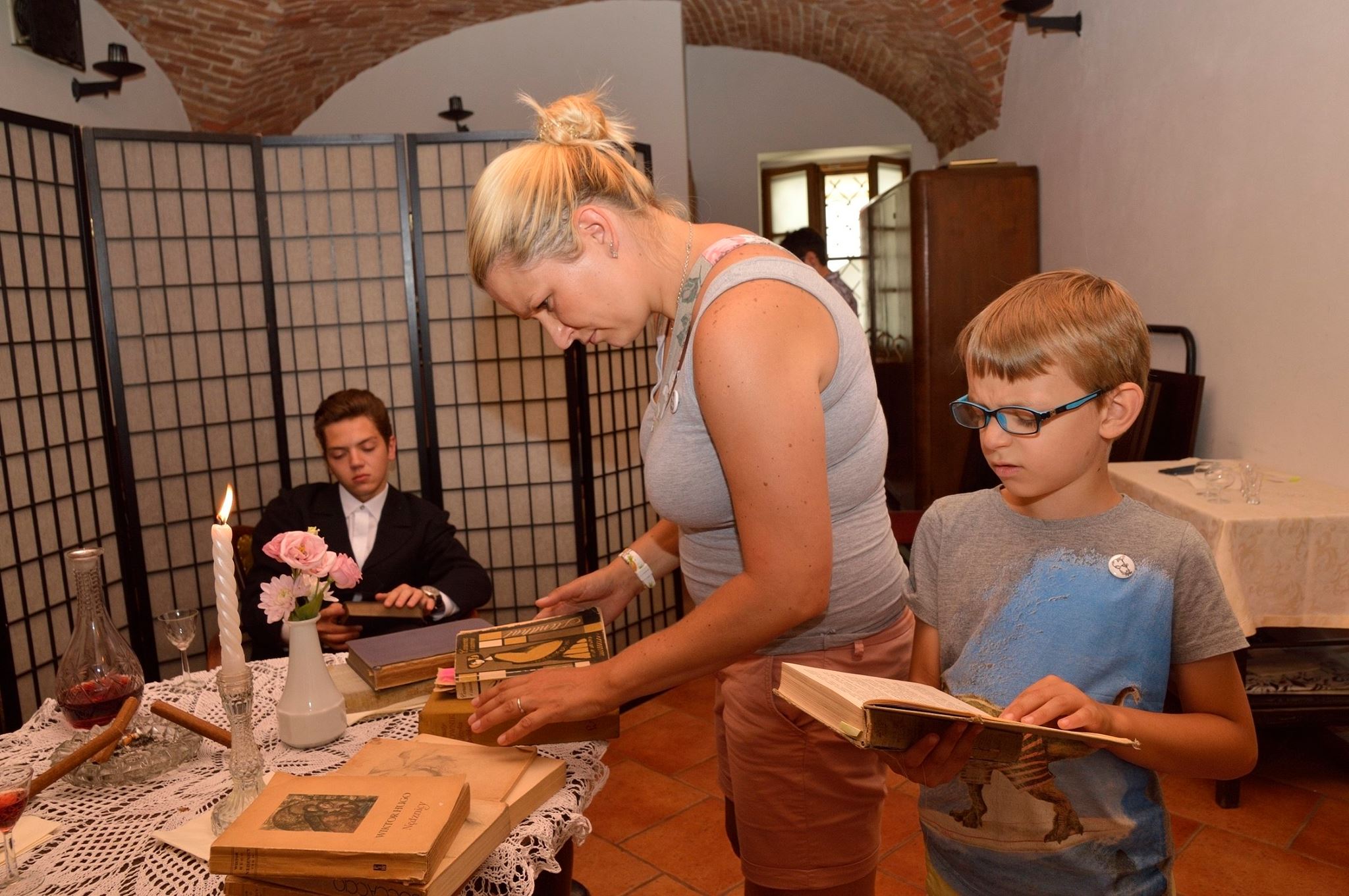
I would also like to ask about the famous dance – is it your flagship event, too?
A.G.-D.: It is one of the events that originated over a pint…
S.J.: Generally, the inspiration came from the fact that the 11th of November celebrations are usually quite gloomy and not very joyful… [11 November – one of the most important holidays in Poland, commemorating the regaining of independence in 1918.]
A.G.-D.: Also due to the November weather in Poland I guess….
S.J.: That too, but also because usually these celebrations are not particularly joyful. Patriotism is celebrated by Poles without much fun, everything is so serious on television, and we, as young people, asked ourselves – how did our grandparents celebrate that moment, how did they enjoy their independence? And we decided to simply organise a period party… from the 1920s….
A.G.-D.: And then also a bit from the 1930s.
S.J.: Ania is an expert on the fashion of the period! And that’s how the event was created, with the right music, costumes, but also the atmosphere, and I don’t even know when it happened, but there have been 8 editions already. There are always sketches, songs, even Eugeniusz Bodo [one of the most outstanding and popular actors of interwar Polish cinema and theatre] and his “Female sex appeal” song. All in a very entertaining convention.
A.G.-D.: I even organised a period fashion show.
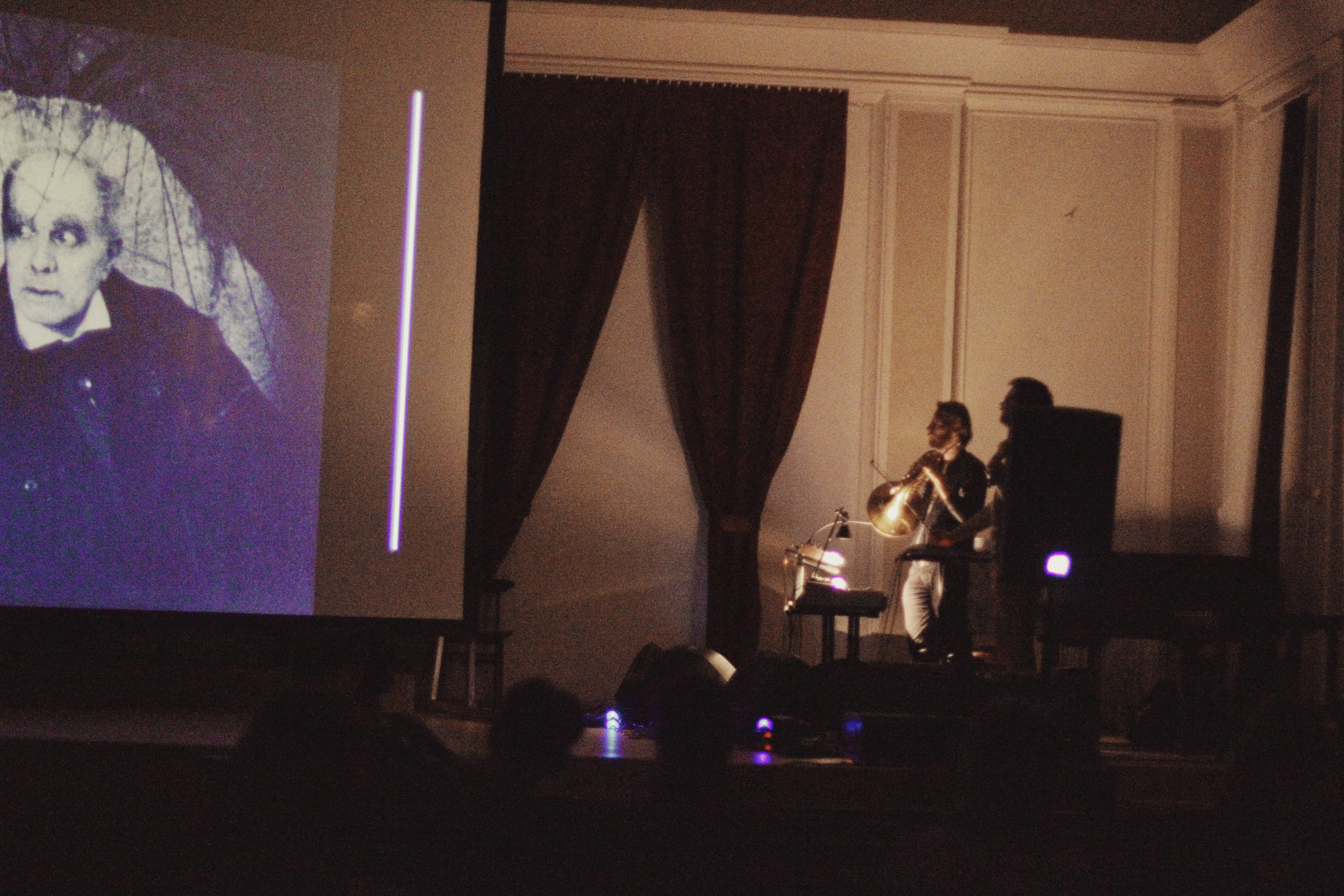
I know you specialise in fashion from the era.
A.G.-D.: I am a fan of the 1920s-1950s fashion. This is how I try to dress every day, in fact I have no other clothes.
S.J.: Ania doesn’t have jeans…
Jeans are out! That should be the title of this interview!
A.G.-D.: Coming back to the dance – this is an event that we didn’t have to advertise, especially after a few years, because people dressed for the period and came on their own. Unfortunately the pandemic stopped everything, but it’s amazing that the event has grown from a really small gathering of friends into an something that every Tarnowskie Góry resident has heard about.
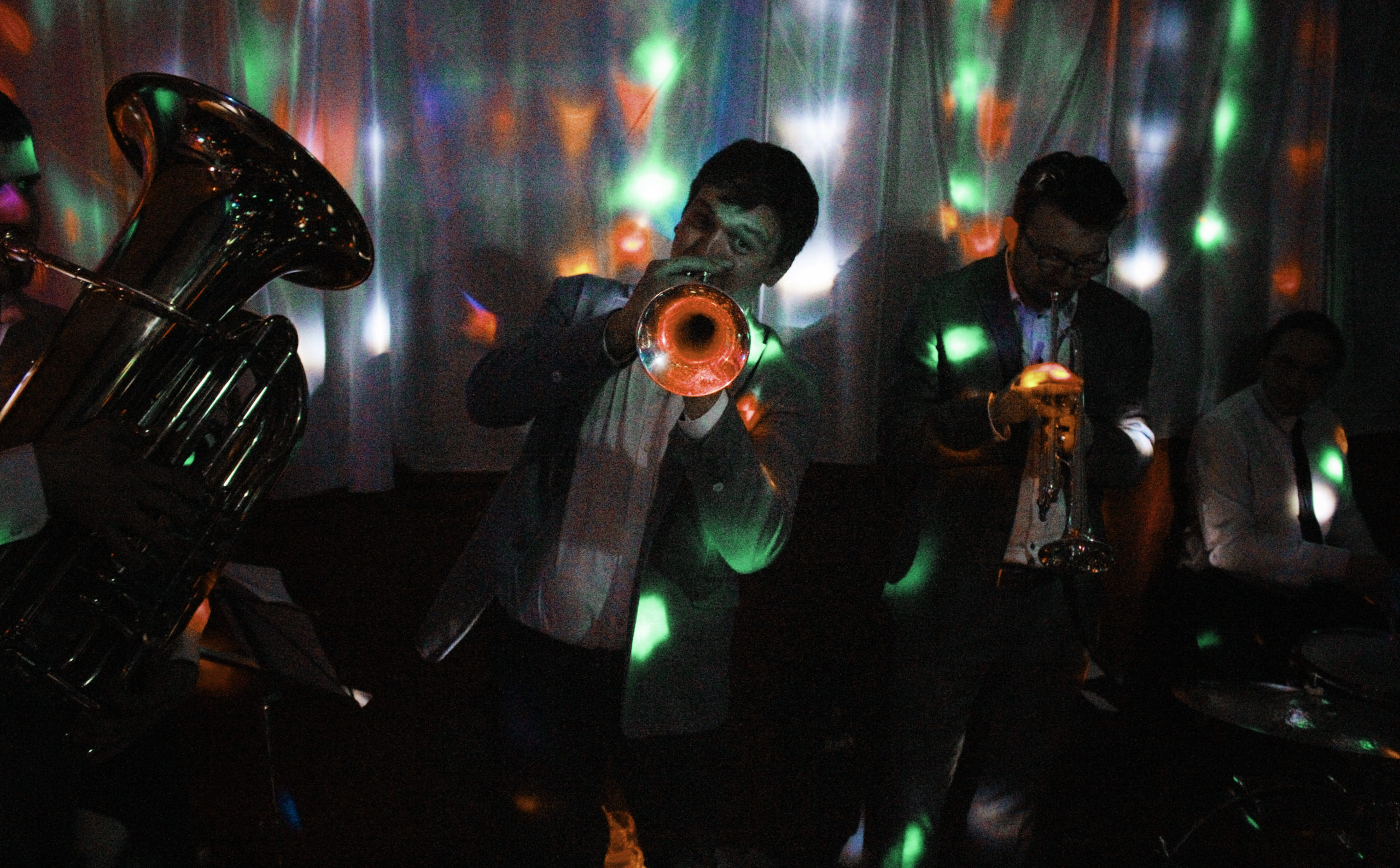
Your mentioning the pandemic makes me want to ask the question of how modern technologies and applications have come into your activities, but that’s for the second part of our conversation! (you can find the second part of this interview here)Thank you for meeting me today!
Anna Gołkowska-Dymarczyk
President of the “Góry Kultury” Association. She loves the fashion and all the 1920s-1950s things. She can’t imagine a day without a book or a conversation about books over a cup of coffee.
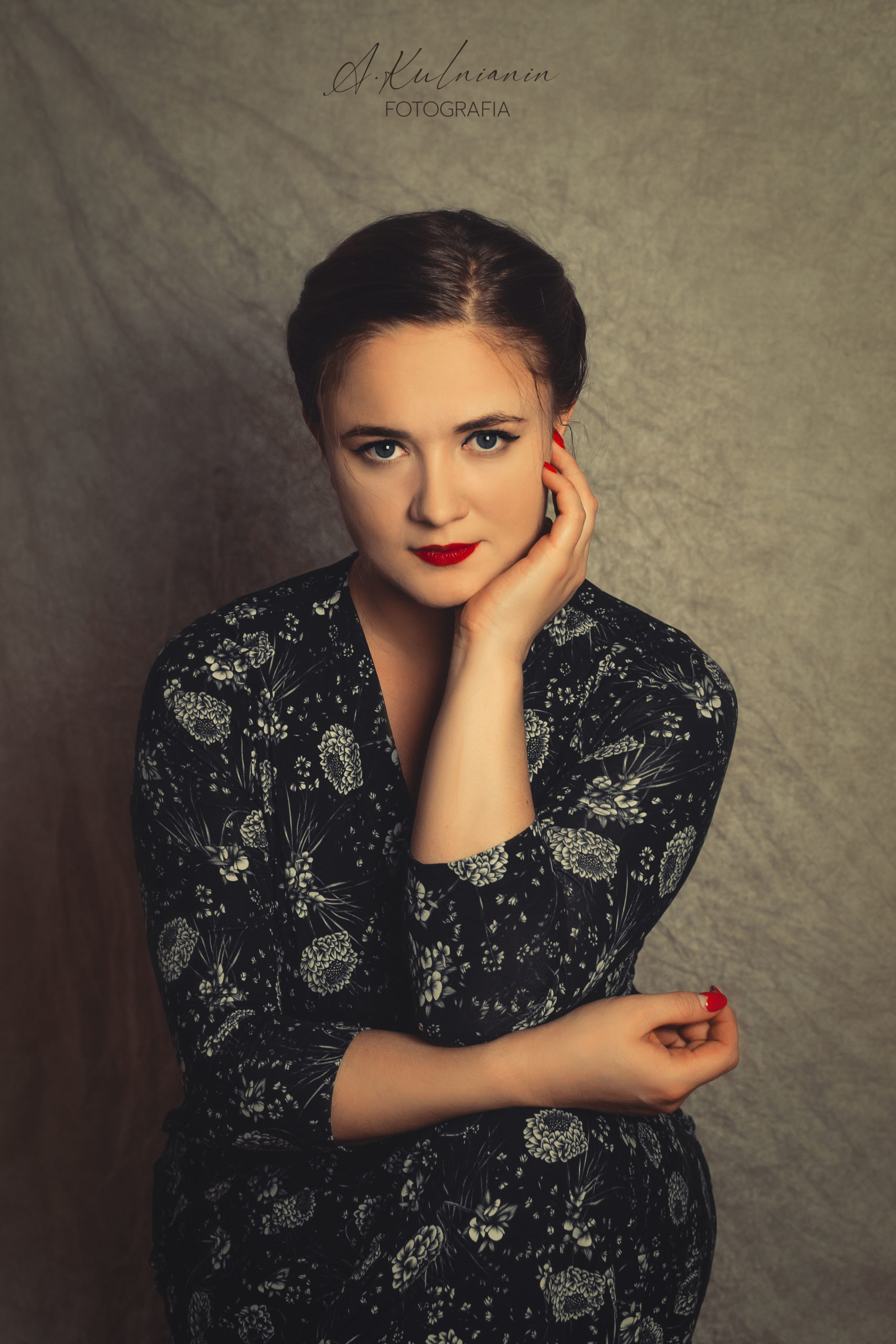
Sylwia Jata
Passionate about local history, for years associated with non-governmental organisations in Tarnowskie Góry, she has organised many events for commercial entities and in cooperation with cultural institutions. In her free time, she reads and watches almost everything



